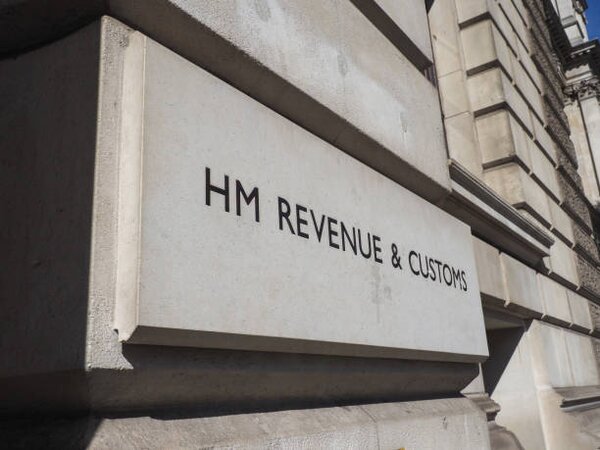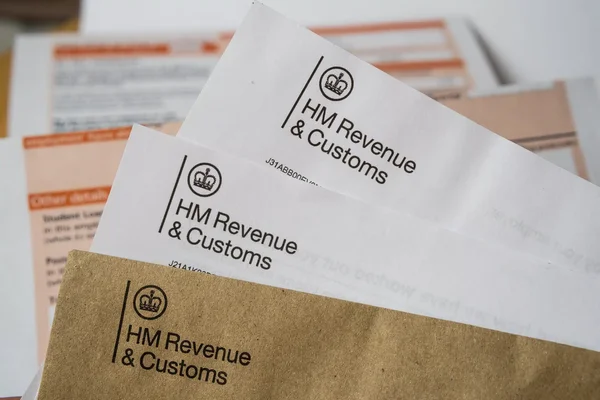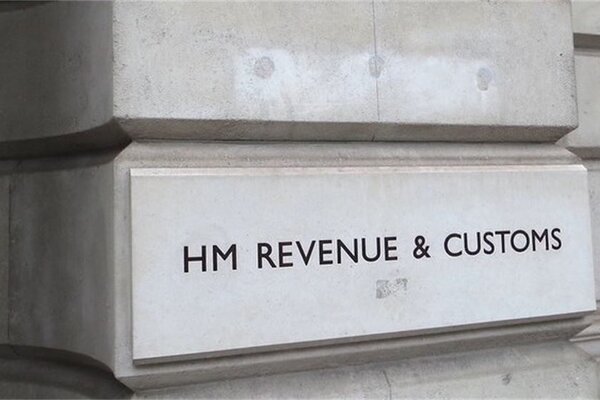Let’s Break This Down Together...
Confused about how pension tax relief really works, or worried you’re missing out on money that should be in your pocket? This guide is here to clear things up.
We’ll cover what pension tax relief actually means, how to claim it through your Self Assessment, and the key allowances that affect your retirement savings. You’ll also see practical steps you can take to make sure you’re not leaving relief unclaimed.
By the end, you’ll know how to boost your pension pot and avoid overpaying tax in future. Ready to get started? Let’s dive in.
What Is Pension Tax Relief?
Think of pension tax relief as the government giving you back the tax you’ve already paid on money going into your pension. It’s basically a reward for saving for your future, and it applies to each pension contribution, including those made to a private pension.
For basic rate taxpayers, your pension provider automatically adds 20% to your contributions. So if you put in £80, they’ll top it up to £100. Stakeholder pensions automatically add tax relief to each contribution.
If you pay tax at 40% or 45%, you’re entitled to claim extra relief beyond the basic 20%. This is where Self Assessment becomes essential. Some people may need to claim tax relief themselves if it is not applied automatically.
There’s an annual allowance (currently £60,000 for most people) which limits how much tax relief you can get each year. Only contributions to a registered pension scheme qualify for tax relief.
Personal contributions made to a private pension or through salary sacrifice can also qualify for tax relief.
The tax treatment of pension contributions can vary and tax treatment depends on individual circumstances and current legislation.
How to Claim Pension Tax Relief on Your Self Assessment
If you’re a higher or additional rate taxpayer, you’ll need to claim the extra 20% or 25% tax relief through your Self Assessment tax return. Claiming tax relief is essential for higher and additional rate taxpayers, as you may be eligible for higher rate tax relief or additional rate tax relief on your pension contributions.
Look for the “Tax reliefs” section on your return - it’s in the SA101 Additional Information pages. Here, you’ll need to enter your gross private pension contributions as well as any workplace contributions.
HMRC will work out the additional relief based on your tax band. This includes higher rate tax relief and additional rate tax relief, depending on your tax band. If you paid £10,000 into your pension, a 40% taxpayer could get an extra £2,000 in tax relief.
Don’t forget you can backdate claims for up to four tax years. That could be a significant amount of money if you’ve never claimed before!
I once helped a client who’d never claimed higher-rate relief discover they were owed over £7,000 in backdated relief. The look on their face was priceless.
You can claim tax relief for the current tax year and previous years. The process can be done using HMRC’s online service, which allows you to make or change claims efficiently. To use the online service, you need to sign in as a government gateway user with your government gateway user id.

Annual Allowance and Pension Tax Relief
The annual allowance sets a cap on the total amount of pension contributions you can make each tax year that will qualify for tax relief. For the 2025/2026 tax year, the standard annual allowance is £60,000. This includes all contributions made by you and your employer across all your pension schemes.
If you’re a high earner, you may be affected by the tapered annual allowance, which reduces your annual limit if your income exceeds certain thresholds. Very high earners could see their annual allowance drop significantly, so it’s important to check your individual circumstances.
Exceeding the annual allowance can result in a tax charge, so keeping track of your pension contributions is essential. However, if you haven’t used your full annual allowance in the previous three tax years, you may be able to carry forward unused amounts. This can be a powerful way to maximise your pension contributions and claim more tax relief, especially if you receive a bonus or have extra funds to invest in your retirement savings.
Maximising Your Pension Contributions for Tax Relief
To get the most out of pension tax relief, it pays to be proactive and strategic with your pension contributions. If you’re a higher or additional rate taxpayer, make sure you claim the extra tax relief you’re entitled to by completing a Self Assessment tax return. This can reduce your tax bill and boost your pension pot.
Consider joining a Net Pay pension scheme if your employer offers one, as this ensures you receive the correct level of tax relief automatically, without needing to claim anything back. If you’re in a Relief at Source scheme, don’t forget to claim additional tax relief through your assessment tax return.
You can also look back at previous years. If you haven’t claimed all the tax relief you’re eligible for, you may be able to submit a claim for up to four tax years. This can result in a valuable tax rebate and a larger pension pot.
By understanding the rules around pension tax relief and making the most of available schemes and allowances, you can maximise your retirement savings, pay less tax, and enjoy greater financial security in the future.

Final Thoughts
Claiming pension tax relief through Self Assessment is often overlooked but can save you significant money over time.
Always check your tax code and pension statements to ensure you're receiving the correct relief automatically.
Remember that pension tax rules change frequently. Stay informed or seek professional advice if your situation is complex.
Making the most of pension tax relief is one of the most efficient ways to save for retirement while reducing your tax bill.
Simplifying Pension Tax Relief Claims
You don't need to face pension tax relief confusion alone! The UK's first personal tax app makes tracking and claiming your relief straightforward.
Our real-time tax dashboard helps you monitor pension contributions throughout the year. This ensures you never miss claiming higher-rate relief.
With automated reminders for deadlines and direct HMRC filing, you can maximise your retirement savings efficiently.
Our sector-specific assistants understand the unique pension situations in your industry. They help identify all possible tax relief opportunities.
Explore the Pie app if you'd like to see how it works.
Quick and Easy Guide to Add Pension Contributions
Follow these steps to add pension contributions in the Pie app
Open the Pie Tax App and find the 'Quick Add' button in the middle of the navigation bar.Click 'Quick Add' in the Navigation Bar

After clicking 'Quick Add', select 'Add tax relief' from the screen to open the options menu.Select 'Add tax relief'













